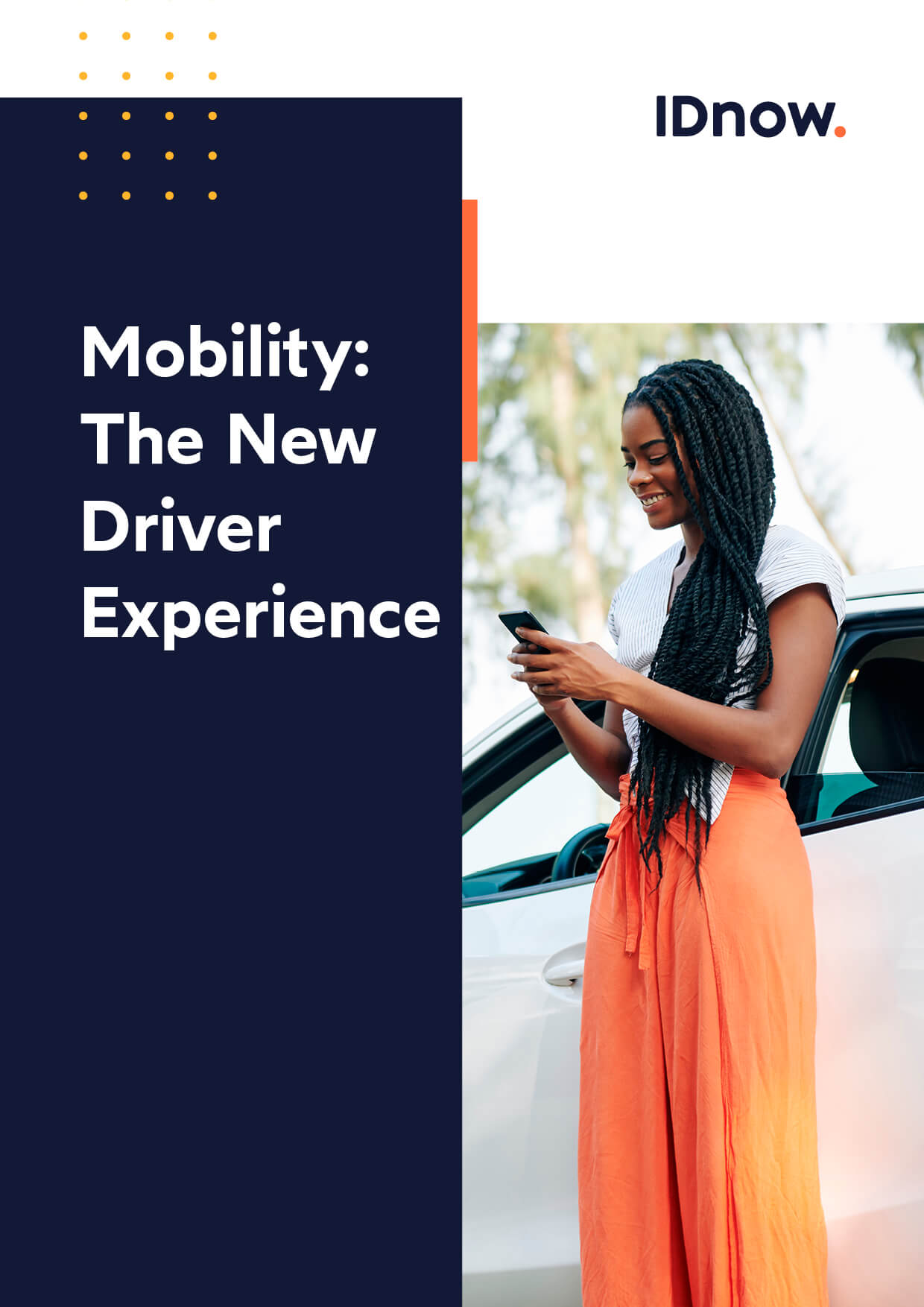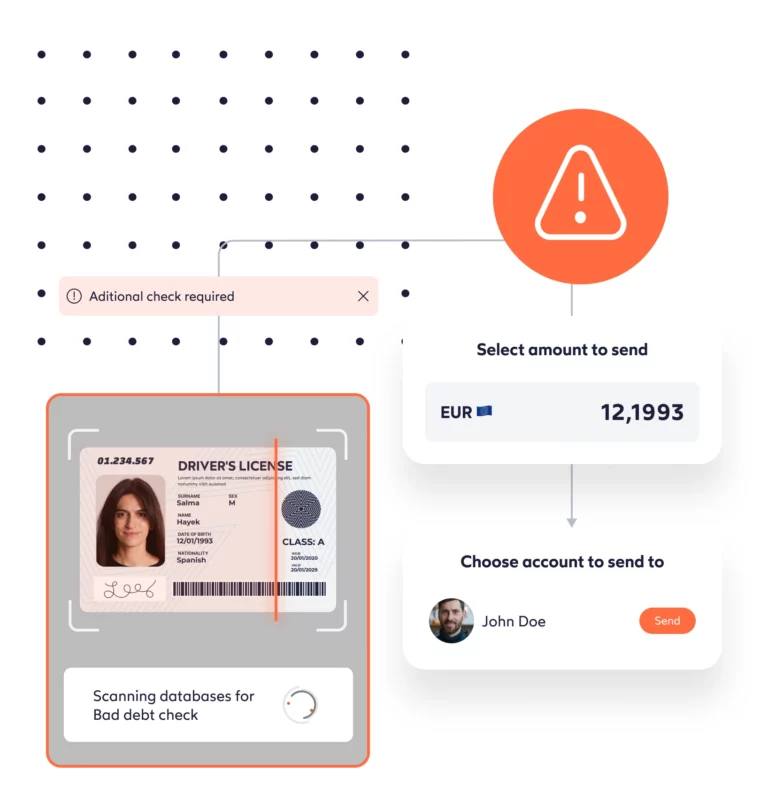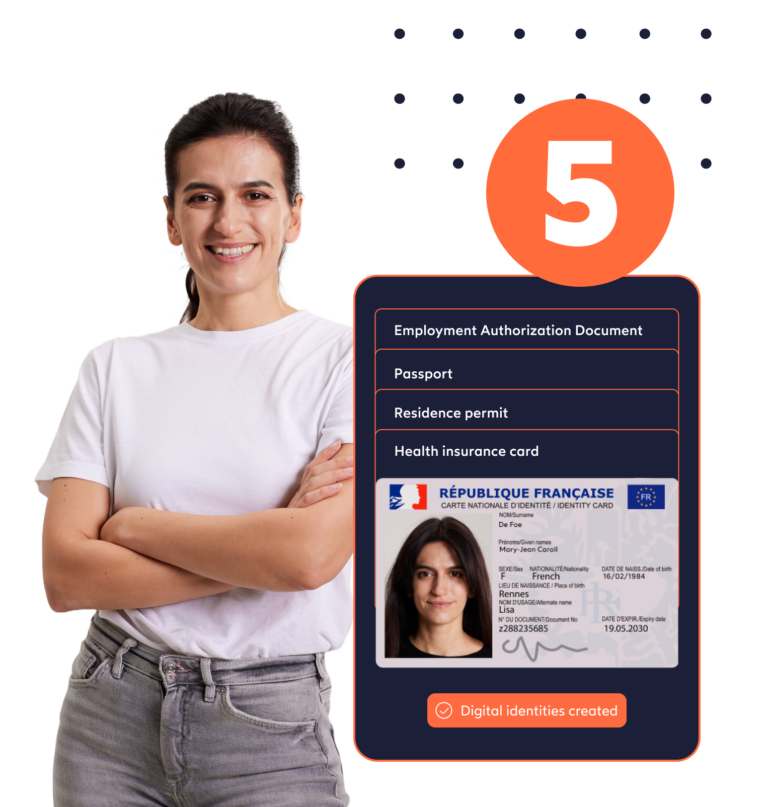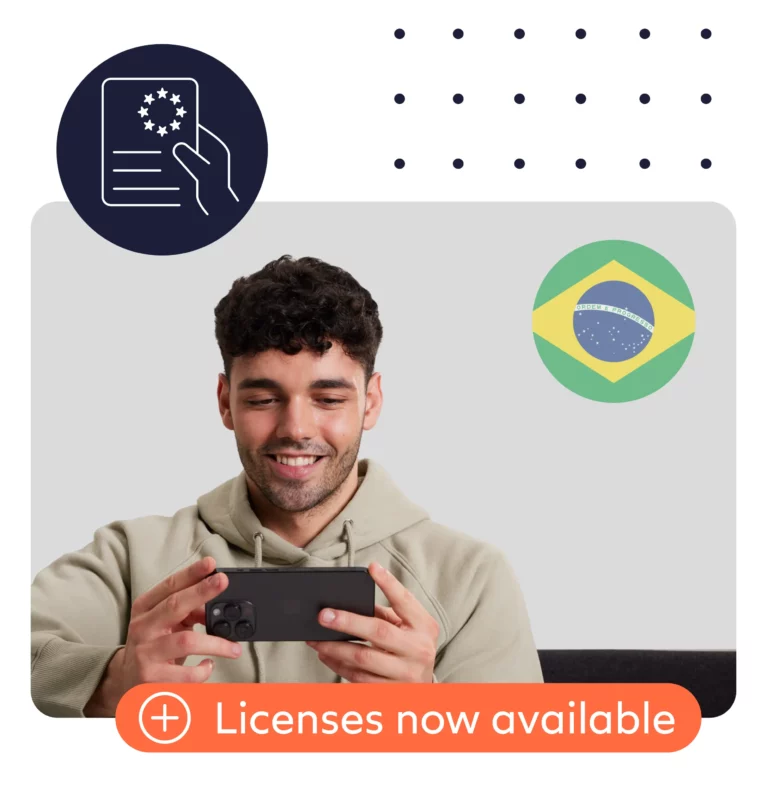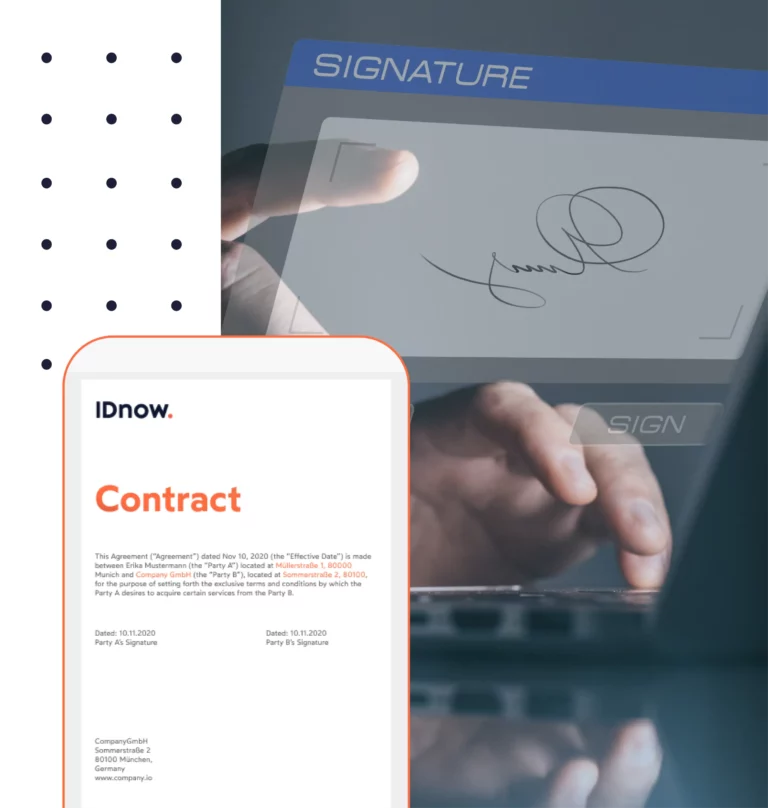Transportation has evolved over the years in a variety of ways. But one key factor hasn’t changed — the need for safety.
Shared mobility is at the forefront of transportation today. With many people having switched to splitting their time between the office and home these days, traveling has become less about individuals and their personal vehicles and more about the most convenient, flexible, cost-efficient and eco-friendly daily transport options for everyone.
This is especially the case when it comes to modern cities and their residents. With a majority of individuals living in larger cities such as London, Berlin, New York City and Dubai, the demand and need for a more convenient, cheap, flexible and environmentally friendly means of transportation is present.
Major cities face obstacles such as population density, high living costs, and just an overall lack of space, especially for personally owned vehicles. In effect, this creates a desire for changing the transportation landscape by having fewer cars, making traveling more efficient, cleaner and more on demand.
With 72 percent of emissions coming from road transport and 44 percent of that coming from passenger vehicles, shared mobility provides society a more economical, eco-friendly and safer way to travel since more and more people opt out of using personal vehicles and switch to a shared mobility option. This is especially true since car sharing companies are reported to be 10-20 percent more fuel efficient than the average vehicles.
Additionally, costs are lowered for both operators and passengers due to a lower demand for personal vehicles, gas emissions are lowered, and fatalities and injuries are consequently also lowered through the reduced usage of motor vehicles. Plus, an extra security and safety layer is added for both operators and drivers due to the requirement of driver’s license verification.
And with people being the second principle in the shared mobility principles for livable cities, it is important to remember that humans are the ones needing to be transported and vehicles are just the machines that get us there. This means that society—we—are at the front lines of transit where we belong, knowing that by placing mankind at the starting line, safety becomes the number one priority when it comes to the movement of people.
Ultimately, when planning for the transportation of the public, safety becomes the leader directing us into supporting and transforming what we know about mobility.
Transforming transportation.
With carsharing and bike sharing originating in 1960s Europe, shared mobility is no new concept and continues to see an upward increase. The reason that the future of shared mobility is headed in an upward direction is because it combines all the different possibilities of traveling from A to B, especially in cities.
Such options include ride sharing, ride hailing, car rentals, car financing and the ever-growing micro-mobility sector which includes escooters, bikes and mopeds. The real beauty is that people can use these services at any time and from anywhere. One of the actions that is asked of them is to verify their identity and/or driver’s license (depending on the operator, use case, or regulatory requirements) through a driver’s license verification before using the service. This allows everyone on the roads, whether walking, biking, driving or riding, the safety they deserve.
Prioritizing people over vehicles.
As services and operators shift their sights to people, the needs and desires of those people must be taken into consideration. This includes offering a variety of choices for individuals from every walk of life and ability, along with giving both the operator and user peace of mind by verifying that those who use such services are legally allowed to do so. This can be achieved through a simple driver license verification where users simply snap a photo of their driver’s license along with a selfie and the authenticity will be cross-referenced in a matter of minutes.
Through such verification, people become the priority by guaranteeing the safety of all those commuting and travelling to their desired destinations by verifying the driver’s identity, screening out underage drivers and false licenses, and validating special requirements.

Benefits of automated identity verification in shared mobility.
Not only is shared mobility providing millions of people with the transportation they need in a safe way, but it also allows them the convenience, flexibility and affordability they are looking for all due to automated identity verification.
Before automated ID verification became prominent, people had to physically go to a car rental facility and confirm their identity and driver’s license by filling out forms and presenting their physical driver’s license all before even getting into a vehicle. Being a major hassle, this took time away from getting on the road. Now, thanks to automated driver license verification, there’s no need to waste precious time when renting a vehicle. Drivers need only to install the car sharing app and verify their driver’s license and/or identity by taking a quick photo of themselves and their ID document. Customers are on the road in minutes traveling to their destinations while mobility operators steer clear of any potential fraud.
Thus, it comes as no surprise that convenience is the number one reason people are using shared mobility services according to McKinsey. This includes the smooth and quick onboarding when verifying their identities, along with the availability of services and the flexible travel that personal vehicles do not offer. Operators can therefore expect high conversion rates when such characteristics are met and provided to users.
However, the features customers desire, and in turn benefit from, include safety, coming in as number one, followed by price and availability or reliability. When companies can offer the convenience users are looking for paired with the safety both parties deserve, then everyone will benefit in the end.
How DL Verification provides the safety everyone needs.
As the fields of shared mobility increase in size to include more and more options, the need for identity verification, specifically driver license verification, becomes a bigger priority.
IDnow and its products such as IDCheck.io, provide the security, conveniency and flexibility that operators need and customers want.
A state-of-the-art driver license verification system should be able to run identity verification checks accurately and in real time. Plus, it should be fully complaint with EU regulations. By fulfilling these requirements, users know they can trust the mobility service they are using while getting on the roads faster, and operators have the peace of mind through the validation of their clients’ identities all while being compliant. When both parties are satisfied, conversion rates rise.
With IDnow’s service, mobility businesses can easily integrate their MaaS platform with IDCheck.io and customers simply need only to sign up, take a selfie and picture of their driver’s license or ID document and IDCheck.io will verify it in seconds so they can be on their way.
Driver license verification comes in handy for all types of shared mobility by providing age verification, special license verification, driver identification while also screening out fraudulent licenses. And not only that, but it can validate driver’s licenses from 43 countries around the globe.
With IDnow and IDCheck.io, operators and users receive the safety that is needed through identity verification. In the end, no one is left stranded because people and their identities come first.
By

Kristen Walter
Junior Content Marketing Manager
Connect with Kristen on LinkedIn
Trend Report: Mobility
